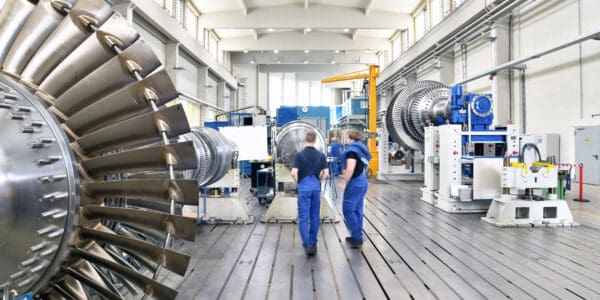
Interview with Dr. Arnd Köfler, Member of the Executive Board of thyssenkrupp Steel Europe AG
Hardly any other issue will demand as much change from the economy in the coming years as the reduction of CO2 emissions. Dr. Arnd Köfler, CTO of thyssenkrupp Steel Europe AG, explains the challenges facing the long-established company and how it is dealing with them.
An expert contribution to the study Companies in Change – Change Readiness Index 202
Dr. Köfler, the current decade will be decisive for the future of the European steel industry. What are the biggest challenges – for the industry as a whole and specifically for thyssenkrupp Steel?
Clearly, the upcoming decarbonization of steel production. This is where we need to take the next steps. The blast furnace route, i.e., the extraction of pig iron from iron ore and coke, generates the majority of CO2 emissions in the steel industry. Actually, major replacement investments are now due in our blast furnaces. The problem is that we will no longer be investing in the old technology and, given the current framework conditions (German Renewable Energy Sources Act, certificate trading, etc.), there is still no economic business model for the new technology, which is ready to be launched.
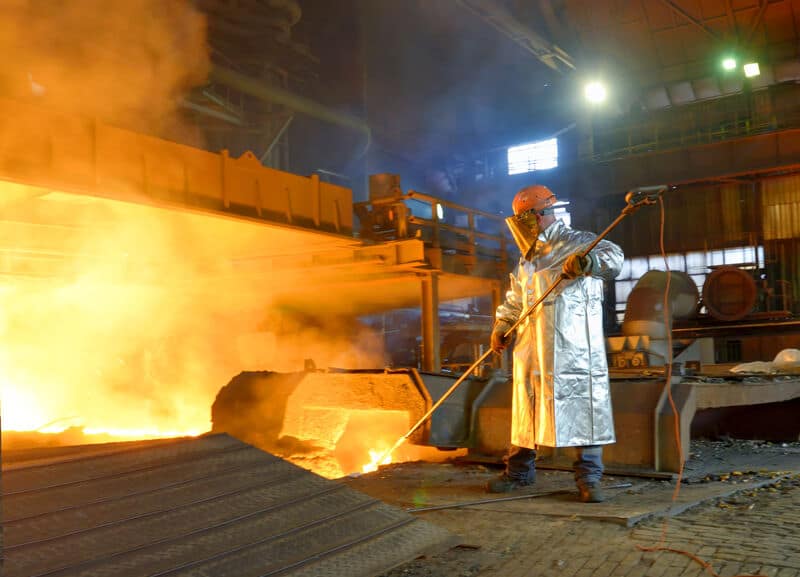
Currently, the German steel industry emits 40 million metric tons of CO2 every year, which corresponds to around 30 percent of total emissions from German industry. How far along is thyssenkrupp on the road to “green steel,“ where hydrogen replaces coke derived from hard coal in iron ore reduction?
We already clearly described our strategy towards green steel in technological terms several years ago. We are focusing on two paths: We want to prevent 80 percent of CO2 emissions directly by eliminating blast furnace routes and exchanging them for the so-called direct reduction, which is then operated with hydrogen. For the remaining emissions, we have
developed a recycling process that has been running in a large-scale test since 2018. We have also already equipped the first blast furnace so that hydrogen can be used. Further plants have been engineered and the corresponding funding from IPCEI (Important Projects of Common European Interest) has been applied for. From 2025 to 2029, the plants will gradually be put into operation and then reduce our CO2 emissions by 30 percent.
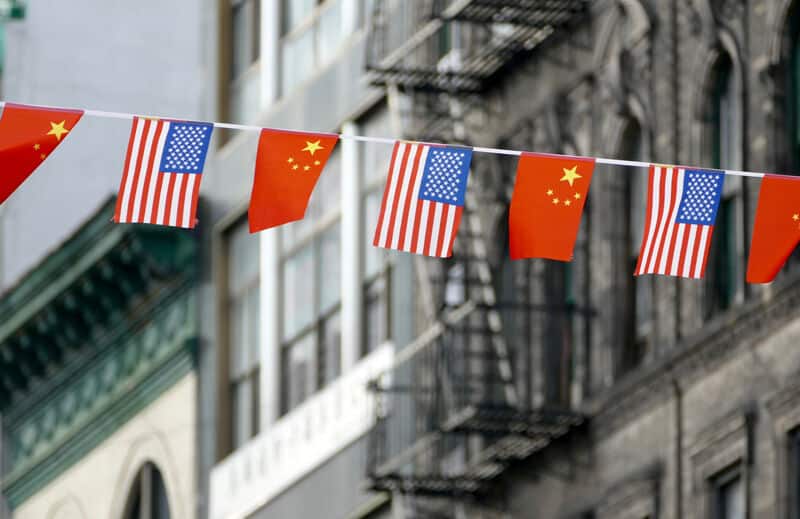
What about decarbonization among steel producers in the USA and China?
There are corresponding efforts in these two countries as well, but when it comes to green steel, Europe is clearly setting the pace. It is important to know that in the USA a lot of work is done with electric arc furnaces, where steel scrap is melted down to make new steel products. It is not so much about green hydrogen, but directly about green electricity. In China, all steel mills are state-of-the-art. To put this in perspective, 20 years ago China produced 150 million tons of steel per year; today China produces around 1 billion tons. Moreover, here in Europe we always forget that China is investing in renewable energies while expanding conventional power plants. Europe is still ahead when it comes to green steel, but others have also recognized the issue.
With the “Strategy 20–30“ thyssenkrupp Steel aims to create the conditions for this transformation to succeed. What are the key cornerstones of this?
The “Strategy 20–30“ is the foundation for our future viability. Because even beyond decarbonization, our business models must remain innovative to satisfy the increased demands of customers. For example, we are optimizing the entire production network at our biggest site in Duisburg – still one of the top five steel locations worldwide. This includes the new production system developed together with Staufen AG, which began being rolled out across the company in 2019. Bochum will concentrate the production of high-tech electrical strips, which are needed above all in the expansion of e-mobility.
What can a company do to make the switch to green steel a success? Where do you depend on your customers or also on politics?
The conversion to green steel is five times more expensive than the replacement investments in the previous technology. We will therefore invest an additional EUR 7 billion by 2045 (editor’s note: according to the German government, Germany will then be completely climate-neutral). In addition to sufficient availability of green hydrogen, regulatory incentives are therefore necessary for a successful transformation. It is true that customers are increasingly willing to pay a certain premium. But that alone is not enough to close the gap.
“When it comes to green steel, Europe is the setting the pace.“
Dr. Arnd Köfler, Member of the Executive Board of thyssenkrupp Steel Europe AG
In addition to the technological and financial challenges, is not this change also an enormous cultural challenge for your company? After all, thyssenkrupp’s roots go back to the 19th century.
Of course, implementing new thought processes in a company with a 100-year manufacturing history is challenging. However, the German steel industry has better starting conditions here than many other countries, as close cooperation with social partners is a successful practice in the coal and steel industry. There is broad consensus on the need to stop climate change. However, change must go hand in hand with social security, i.e., sustainable jobs. As in every disruptive process, this one also offers the opportunity to create another unique selling proposition. If we – politicians, employees and shareholders – cannot manage this in Duisburg, the best location directly on the water axis and close to the North Sea and with major customers right on our doorstep, then this model will not work anywhere.
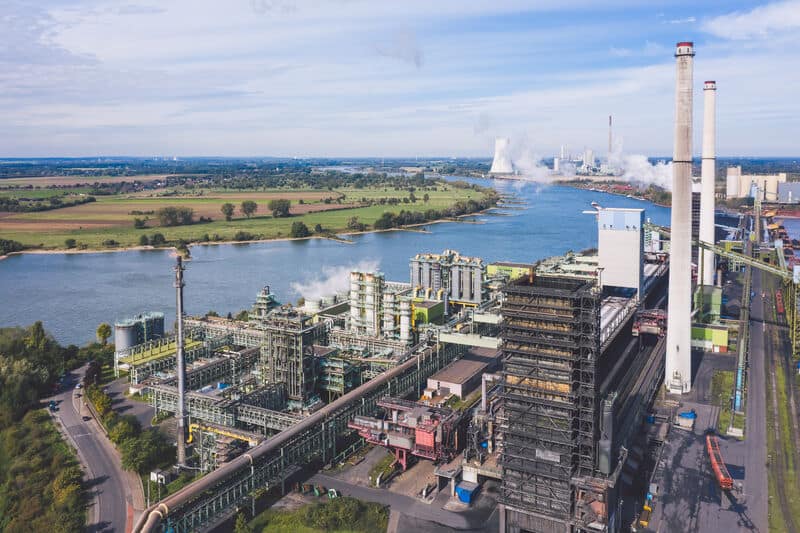
Finally, a brief look into the future. Heat waves and floods appear to be significantly increasing the acceptance of a green shift in the economy. In the end, won’t we even need the politically prescribed annual figures for climate neutrality, as the market – driven by new and very ambitious players – will set the pace on its own?
Time will tell. We increasingly hear from our major customers, such as the automotive industry, that they want to purchase their upstream products, including steel, in a decarbonized form and are also prepared to pay price premiums. However, it will be important to demonstrate across the entire value chain that the green transformation can succeed in a socially responsible manner. Only in this way will there be broad social support that is ultimately the basis for democratic coexistence. We are on the right track, but the next few years will be extremely exciting.
In Conversation
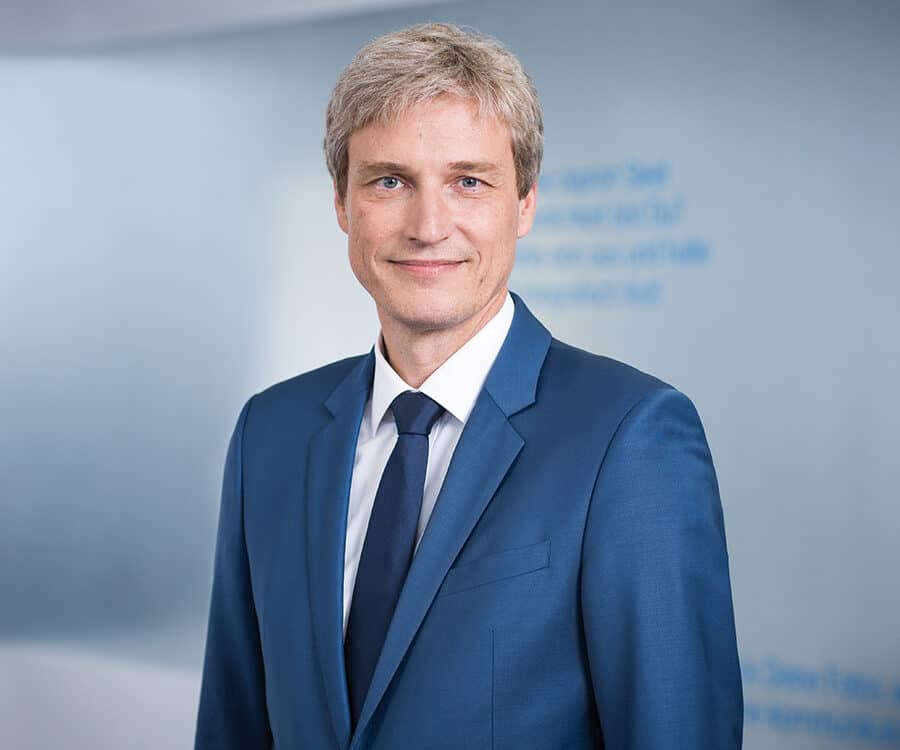
Dr. Arnd Köfler has been a member of the Executive Board of thyssenkrupp Steel Europe AG since January 1, 2017. He is responsible for the entire production area, which includes all activities from pig iron production to rolling and coating operations. Köfler, born in 1967 studied mechanical engineering at the Ruhr University in Bochum before obtaining his doctorate in ferrous metallurgy from RWTH Aachen University in 1999.
The Company
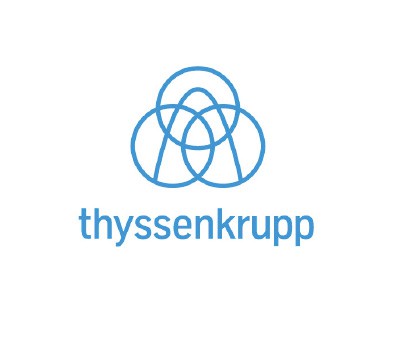
thyssenkrupp Steel Europe AG is one of the world’s leading manufacturers on flat carbon steel and stands for innovations in steel and highquality products for advanced and demanding applications. Steel employs around 27,000 people and is Germany’s largest flat steel producer, producing around 11 million tons of crude steel per year.


